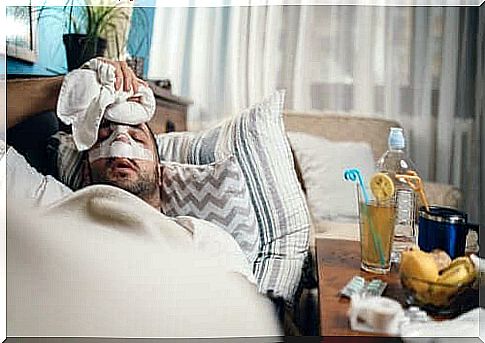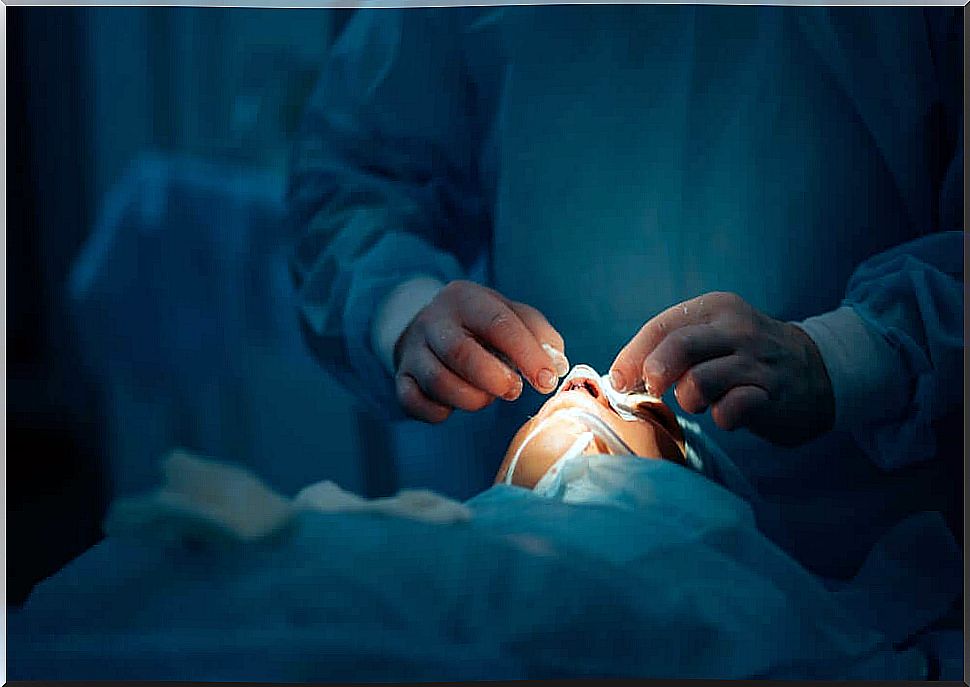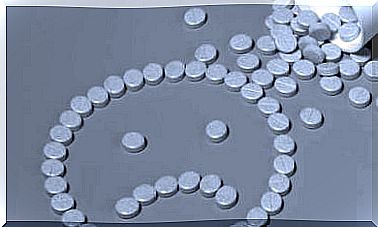Rhinoplasty And Postoperative Care

Rhinoplasty is today one of the most requested surgeries, by women and men. Most of the time it is performed for aesthetic purposes, but there are also many cases where it is necessary for health and quality of life reasons.
Rhinoplasty rarely causes complications, as it is a safe procedure, even considered routine. That doesn’t mean it’s free from postoperative discomfort.
As with any surgery, its success depends on postoperative care. Although the operation is not very complex, the patient must strictly follow the medical indications.
What is rhinoplasty?

Rhinoplasty is a surgery that is performed with the aim of changing the appearance of the nose, correcting a functional problem or both.
If the goal is to correct an abnormality in the airways and at the same time change the appearance of the nose, the surgery is called septoplasty.
Through rhinoplasty, the bone of the nose, the cartilage and the skin that covers it will be modified, individually or all together. The aim is not simply to reshape the nose, but to achieve harmony of the face. For the same reason, all facial features are taken into account.
A rhinoplasty surgery can increase or decrease the size of the nose. It is also possible to change the shape of the tip, reduce the opening of the nostrils or transform the angle that forms between the nose and the upper lip of the mouth.
Remodeling is an alternative to change the shape without having to resort to surgery.
Types of intervention and procedures
There are two types of rhinoplasty: open and closed. The open one foresees an incision in the central part of the nose to access the deep areas. Closed rhinoplasty, on the other hand, is performed through the nostrils and does not require external incisions.
These are generally outpatient operations and only in special cases require a short hospital stay. The procedure takes no more than two hours and only requires local anesthesia in addition to light sedation. In some cases, general anesthesia may be required.
In case of surgery on the tip or if it is necessary to increase the size of the nose, an external incision is made. Conversely, if the nose just needs to be trimmed, the incision is not necessary.
Sometimes a hard splint must be applied to keep the bone stable after surgery, or a soft splint to keep the septum stable.
The immediate postoperative

Normally, the patient will stay in the hospital between 6 and 12 hours, after which he will be discharged. From the first moment, he will have to carry out the appropriate postoperative care to avoid complications, which are mainly:
- Nasal obstruction
- Epistaxis
- Infections
It is absolutely advisable to rest in the 24 hours following the rhinoplasty. It is not necessary to lie down all the time, but to minimize the activity. It is also not recommended to carry out intense physical exercise in the following 15 days.
In the first few hours after surgery, there will be a mucous spill that will need to be removed by rubbing it gently or simply allowed to absorb into the gauze. You should cough or sneeze with your mouth open and sleep in a semi-sitting position to reduce inflammation.
In the following days the nose may become blocked due to the discharge. To free it, it is advisable to wash with a few drops of physiological solution in the two nostrils every 30 minutes. The cleaning of the nasal cavities should be done with a swab in a very delicate way.
Postoperative care of rhinoplasty
After a week, very rarely there will still be inflammation. In any case, it is best to avoid leaving the house as much as possible as temperature changes make healing difficult.
Generally the first post-operative check-up takes place after 7 days and the doctor will indicate the treatments to be carried out.
Over the next three weeks, care should be taken not to bump and avoid wearing glasses. It is not recommended to lift heavy objects, as this can cause difficulties. Likewise, it is not recommended to do intense sports, much less contact.
It is not recommended to travel by plane only from 15 days after the operation as the pressurization of the cabins can cause bleeding.









